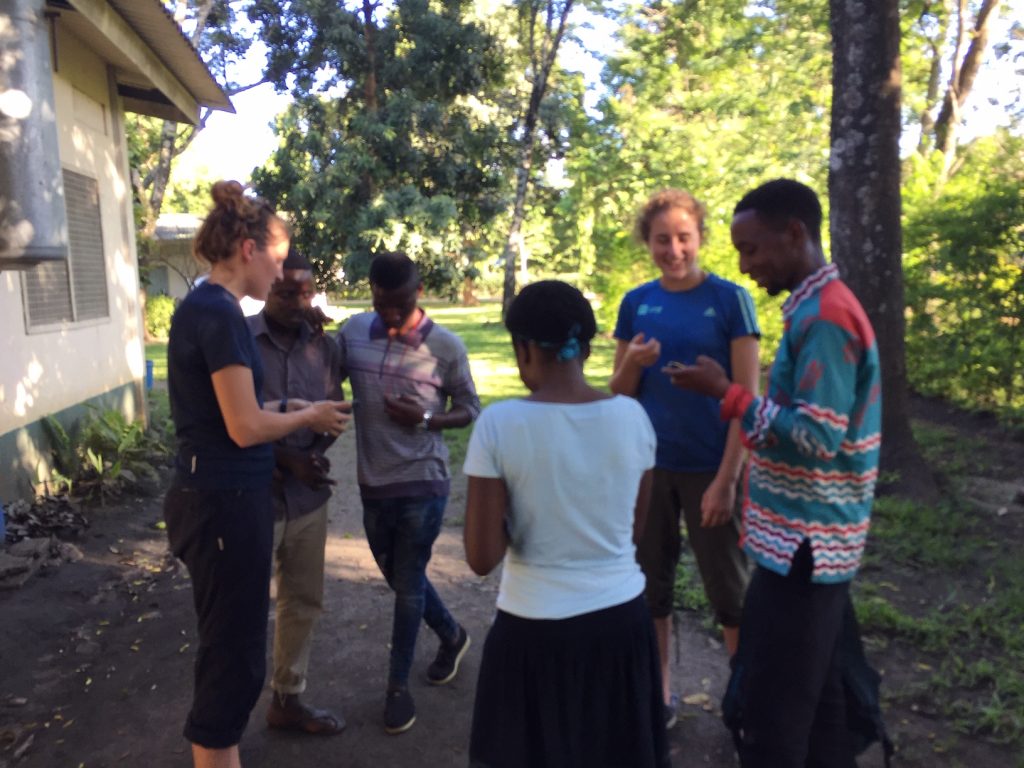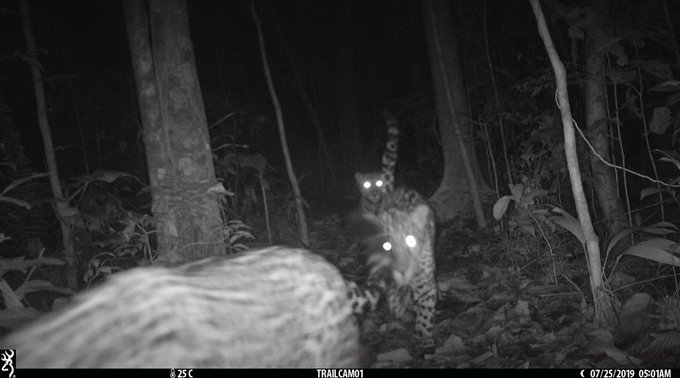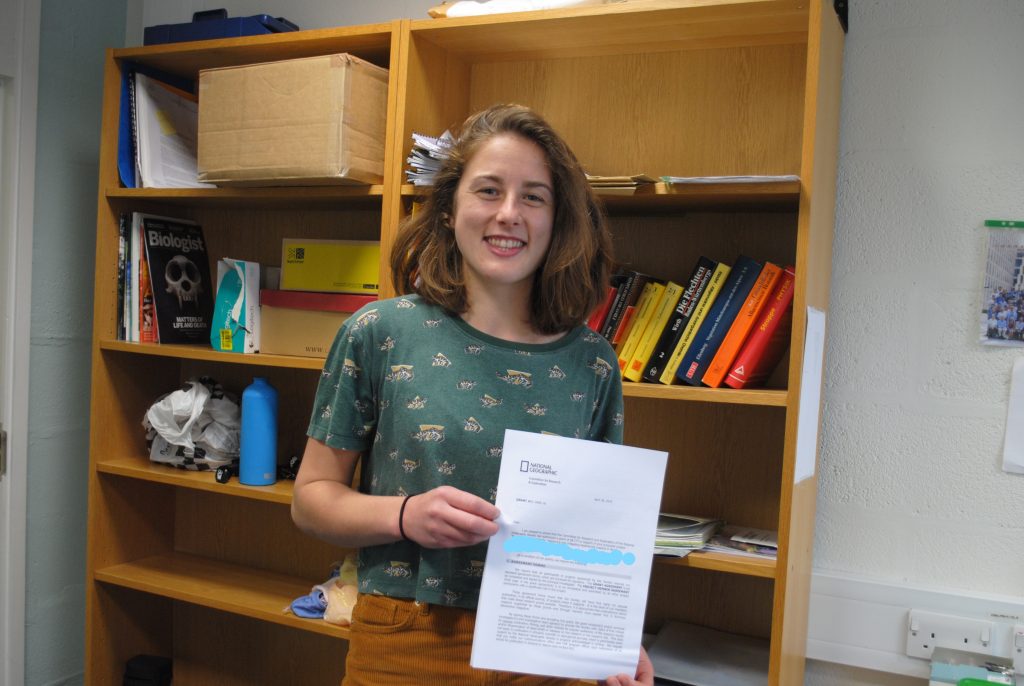Eleanor presented her work on the evidence for participatory forest restoration in projects, globally, at the recent PECS-III conference (Pathways to Sustainability), Montreal, August 12th to 15th 2024. Co-Organised by Resilience Alliance. PECS-3: Pathways to Sustainability (fourwaves.com)
Here are her slides, synthesizing her manuscript, recently published in Environmental Evidence: Existing evidence on the use of participatory scenarios in ecological restoration: a systematic map | Environmental Evidence | Full Text (biomedcentral.com)




